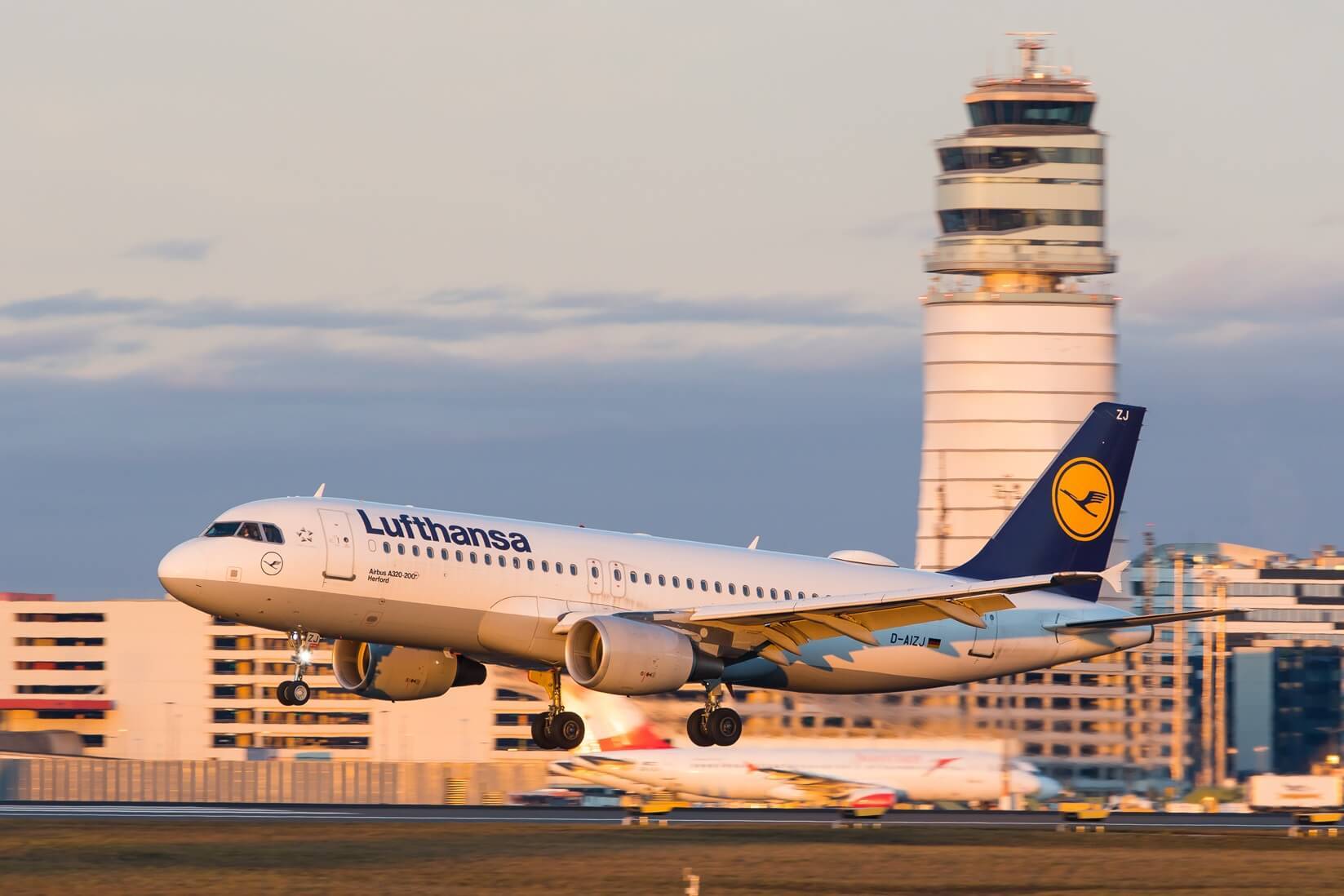Facts about Saudi Arabia's King Fahd International Airport
King Fahd International Airport, nestled in the heart of the Saudi Arabian city of Dammam, stands as a testament to human ingenuity and grandeur. As one of the Middle East's aviation marvels, this airport has continuously astounded travelers and aviation enthusiasts alike. Let's delve into five captivating facts about this colossal aviation hub.
1. The colossus among airports
Spread across a staggering 300 square miles (776 square kilometers), King Fahd International Airport reigns supreme as the largest airport globally. To put this colossal size into perspective, it surpasses even entire nations like Bahrain. Comparatively, other major airports such as Denver International Airport and Dallas Fort Worth International Airport pale in comparison. Within its vast expanse lie not just runways and terminals but also a plethora of facilities, including a mosque capable of accommodating up to 2,000 people and residential housing for thousands. Truly, King Fahd International Airport is a city within a city.
2. A brush with aviation history: The Antonov AN-225 Mriya
In 2009, the world's largest aircraft, the Antonov AN-225 Mriya, graced the tarmac of King Fahd International Airport during a stopover on its journey from Ukraine to Tanzania. With dimensions that boggle the mind—275 feet (84 meters) long and boasting a wingspan of 288 feet (88 meters)—the Mriya was a behemoth of the skies. This iconic aircraft played a vital role in global cargo transportation, including during the challenging times of the pandemic. Sadly, its illustrious journey met an abrupt end during the tumultuous events of the Russian invasion of Ukraine, marking the close of an extraordinary chapter in aviation history.
3. A haven for low-cost carriers
King Fahd International Airport serves as a pivotal base for two of Saudi Arabia's largest low-cost carriers: flynas and flyadeal. Since its inception in 2007, flynas has revolutionized air travel in the region, operating over 1,500 flights per week to more than 70 destinations worldwide. Although initially venturing into long-haul routes, flynas later focused on short and medium-haul flights due to financial constraints. Meanwhile, flyadeal, established in 2017, has carved a niche in the domestic market, connecting Dammam with various Saudi cities. Together, these airlines epitomize accessibility and affordability in air travel.
4. The gateway to shortest flights
For those seeking the ultimate in efficiency, King Fahd International Airport serves as the launchpad for one of the world's shortest commercial flights to Bahrain International Airport. Covering a mere 47 miles (76 kilometers), this route boasts up to 28 weekly flights operated by flynas and Gulf Air, with an average flight time of just 45 minutes. Such swift connectivity underscores the airport's pivotal role in fostering regional integration and convenience for travelers.
5. A thriving hub for global connectivity
With an average of nine daily flights to Dubai International Airport, King Fahd International Airport serves as a vital artery connecting Saudi Arabia with the bustling metropolis of Dubai. Airlines such as Emirates, flydubai, and flynas ensure seamless connectivity, facilitating travel and trade between the two nations. Moreover, the airport boasts robust connections to other key destinations, including Cairo, Abu Dhabi, Delhi, and Sharjah, further solidifying its status as a global aviation hub.
In conclusion, King Fahd International Airport stands not only as a marvel of engineering but also as a symbol of Saudi Arabia's ambition and progress in the realm of aviation. With its mammoth proportions, historic encounters, and pivotal role in regional and global connectivity, this airport continues to captivate the world with its grandeur and significance. As travelers traverse its expansive terminals and planes grace its runways, they become part of a legacy—a legacy of innovation, connectivity, and the boundless spirit of human endeavor.
Latest posts
Flight delays and cancellations in July 2025
Check which flights were delayed in July 2025 – you may still be entitled to claim up to 600 € in compensation.
Flight cancellations and delays in March 2024
Check which flights were delayed in March 2024 – you may still be entitled to claim up to 600 € in compensation.
Flight cancellations and delays in February 2024
Check which flights were delayed in February 2024 – you may still be entitled to claim up to 600 € in compensation.












